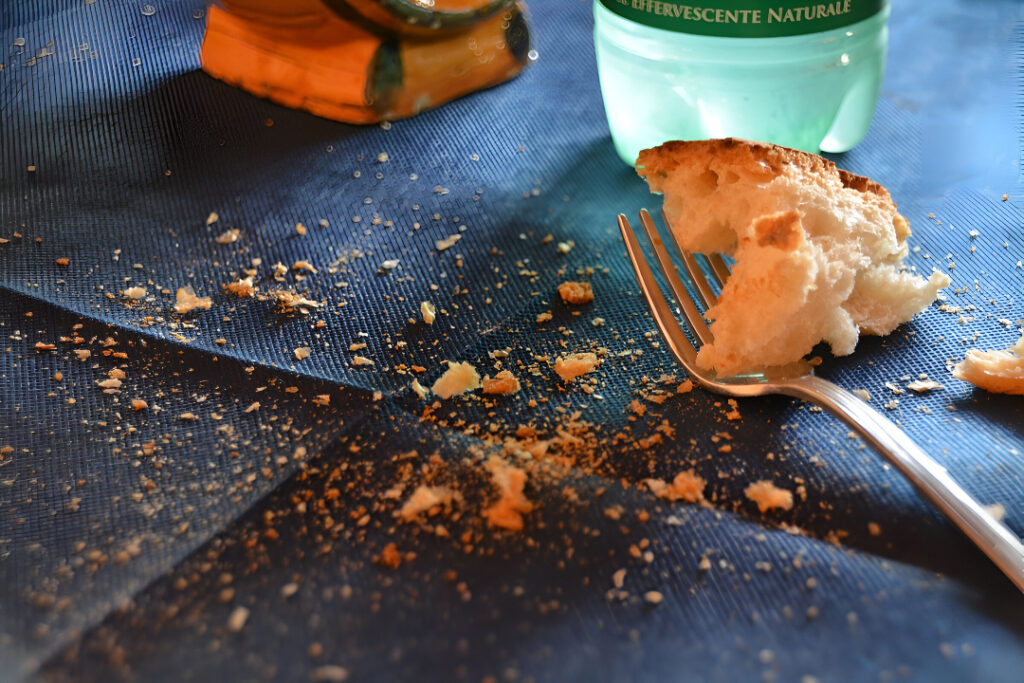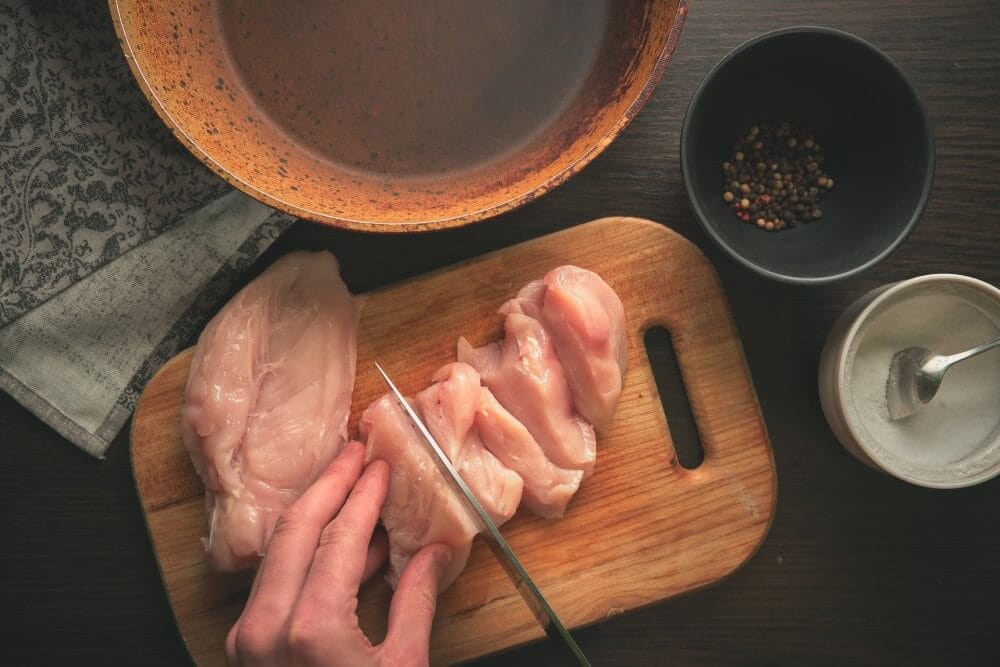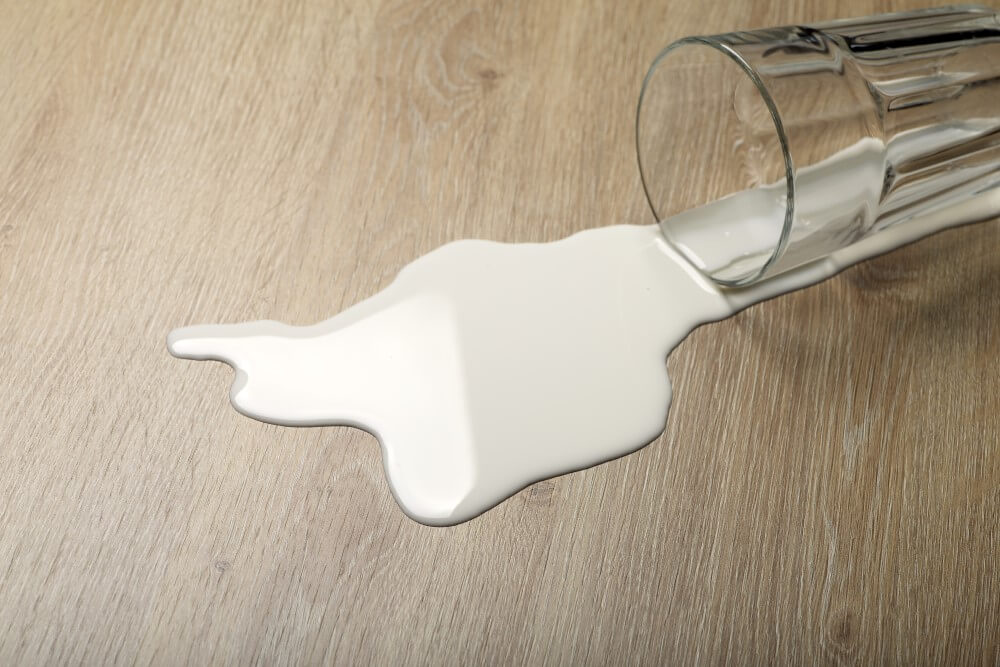
4 Risky Foods That Can Cause Food Poisoning, According to Experts
Food poisoning is a serious global health issue. According to the World Health Organization (WHO), nearly 1 in 10 people around the world experience foodborne illness (food poisoning), resulting in over 420,000 deaths annually. Unfortunately, children are the most affected, with 125,000 deaths every year. Food poisoning occurs when people
By:
The Good Home Daily
Posted on April 3, 2025
Food poisoning is a serious global health issue. According to the World Health Organization (WHO), nearly 1 in 10 people around the world experience foodborne illness (food poisoning), resulting in over 420,000 deaths annually. Unfortunately, children are the most affected, with 125,000 deaths every year.
Food poisoning occurs when people consume food or water contaminated with bacteria, parasites, viruses, or germs. While it is a globally widespread issue, it can be easily avoided with proper food safety practices.
To help you protect yourself and your loved ones, we’ll cover four foods identified by the Centers for Disease Control and Prevention (CDC) as most likely to cause food poisoning. We’ll also share some safe food-handling practices so you can cook with confidence.
1. Chicken

As a low-calorie, low-fat source of high-quality protein, chicken has rightfully earned its place as one of the top choices for protein. It is no wonder that chicken was among the most imported and consumed meats by Filipinos from 2021 to 2023.
However, be careful—improper preparation of chicken meat can lead to food poisoning. Raw chicken can be contaminated with harmful bacteria such as Campylobacter, Salmonella, or Clostridium perfringens.
According to CDC estimates, Salmonella causes more foodborne illnesses than any of these bacteria. And guess what? Chicken is the primary source of this harmful pathogen.
Furthermore, the National Antimicrobial Resistance Monitoring System (NARMS) in the US found that about 1 in every 25 packages of chicken at the grocery store is contaminated with Salmonella. Yikes!
Some Tips for Safely Preparing Your Chicken
- Always wash your hands before and after handling raw chicken.
- Do not use the same utensils or plates for raw and cooked chicken.
Place chicken in a disposable bag before putting it in your shopping cart. - While shopping, keep chicken at the bottom of the cart to prevent raw juices from contaminating other foods.
- Store raw chicken on the bottom shelf of your fridge or wrap it securely to avoid cross-contamination.
- Raw chicken is ready to cook—it does not need to be washed first.
- But if you choose to wash it, run water gently over the chicken to reduce splashing.
- The CDC recommends immediately cleaning the sink and surrounding area with hot, soapy water after washing chicken.
- Cook the chicken to a safe internal temperature of 74°C (165°F).
- Refrigerate or freeze leftover chicken within 2 hours.
- If you suspect the chicken you are served is not fully cooked, do not hesitate to send it back.
2. Flour and Unbaked Dough

Are you surprised? Who knew flour and dough could be so dangerous? Like any raw food, raw dough may contain harmful germs like E. coli and Salmonella that come from the grain during processing.
The CDC also warns that raw eggs and batter can cause food poisoning. If not properly prepared, these ingredients may contain Salmonella.
These germs are only killed when the flour is baked or cooked. In recent years, the CDC has investigated outbreaks linked to raw flour and cake mix—some of which led to product recalls.
Some Tips for Safely Handling Your Dough
- Avoid tasting raw dough or batter—not even a little bite.
- Keep kids away from raw dough, even if it’s just for playing.
- Always bake your dough or batter before eating it. That’s the only way to ensure it’s safe.
- Follow the recipe carefully. Use the correct temperature and cooking time to cook your food thoroughly.
- Skip raw dough in milkshakes or ice cream. It may contain harmful germs.
- Be cautious with flour. Since it’s a powder, it can spread easily. Keep it away from ready-to-eat food.
- Wash all surfaces and utensils with hot, soapy water after handling raw dough.
3. Turkey

We have another poultry meat on our list. This time, it’s the holiday favorite: turkey. Like chicken, raw turkey meat may also contain harmful bacteria such as Salmonella, Clostridium perfringens, and Campylobacter.
According to the CDC, Clostridium perfringens is a particular concern in turkey. This bacterium thrives in cooked foods left sitting at room temperature, which often happens with turkey during holiday meals.
Clostridium perfringens is the second most common bacterial cause of food poisoning. What’s more, outbreaks occur most frequently in November and December.
Some Tips for Safely Handling Your Turkey
- Wash your hands thoroughly before and after handling the turkey.
- When freezing a turkey, ensure your freezer is set to -18°C (0°F) or below—this is the ideal temperature to prevent bacterial growth.
- For thawing, submerge the turkey in cold water, changing it every 30 minutes. This method requires immediate cooking.
- Clean kitchen surfaces thoroughly to prevent the spread of germs.
- Whether stuffing is inside the turkey or in a casserole, use a food thermometer to ensure it reaches 74°C (165°F).
- When roasting in the oven, make sure to cook the turkey at 163°C (325°F) or higher.
4. Unpasteurized Milk

As you may already know, milk is a good source of vitamins and minerals.
Every cup contains protein, calcium, vitamin D, vitamin B2, potassium, phosphorus, and selenium. However, regardless of its natural benefits, if milk isn’t pasteurized, it can cause food poisoning.
Pasteurization is a process that heats liquid or food items to kill harmful bacteria. Contrary to common belief, this process doesn’t affect the taste or nutritional value of milk. So, you’re getting the same benefits without the risk.
Drinking or eating products made from raw milk isn’t safe. Unpasteurized items can expose you to harmful microbes such as Campylobacter, Cryptosporidium, E. coli, Listeria, Brucella, and Salmonella.
In fact, according to CDC data, there were 133 outbreaks linked to raw milk and raw milk products in the USA from 1987 to September 2010. These outbreaks resulted in 2,659 illnesses, 269 hospitalizations, 3 deaths, 6 stillbirths, and 2 miscarriages.
Tips to Prevent Food Poisoning with Milk
- Consume only pasteurized milk.
- When buying milk from the grocery store, always read labels carefully to ensure you’re choosing pasteurized products.
- Keep your milk and other perishable items at 4°C (40°F) or colder to slow down bacterial growth.
- If it’s expired or looks or smells off, it’s time to say goodbye.
- When in doubt, toss it out! Better safe than sorry, right?
Avoid Food Poisoning
The foods listed above are just a few examples that have caused multiple outbreaks in the past, according to CDC data. But there are many other risky foods out there that can lead to food poisoning.
Just remember, food poisoning is caused by harmful bacteria. This is why proper food storage, preparation, and hygiene are crucial to preventing contamination and keeping you and your family safe.

